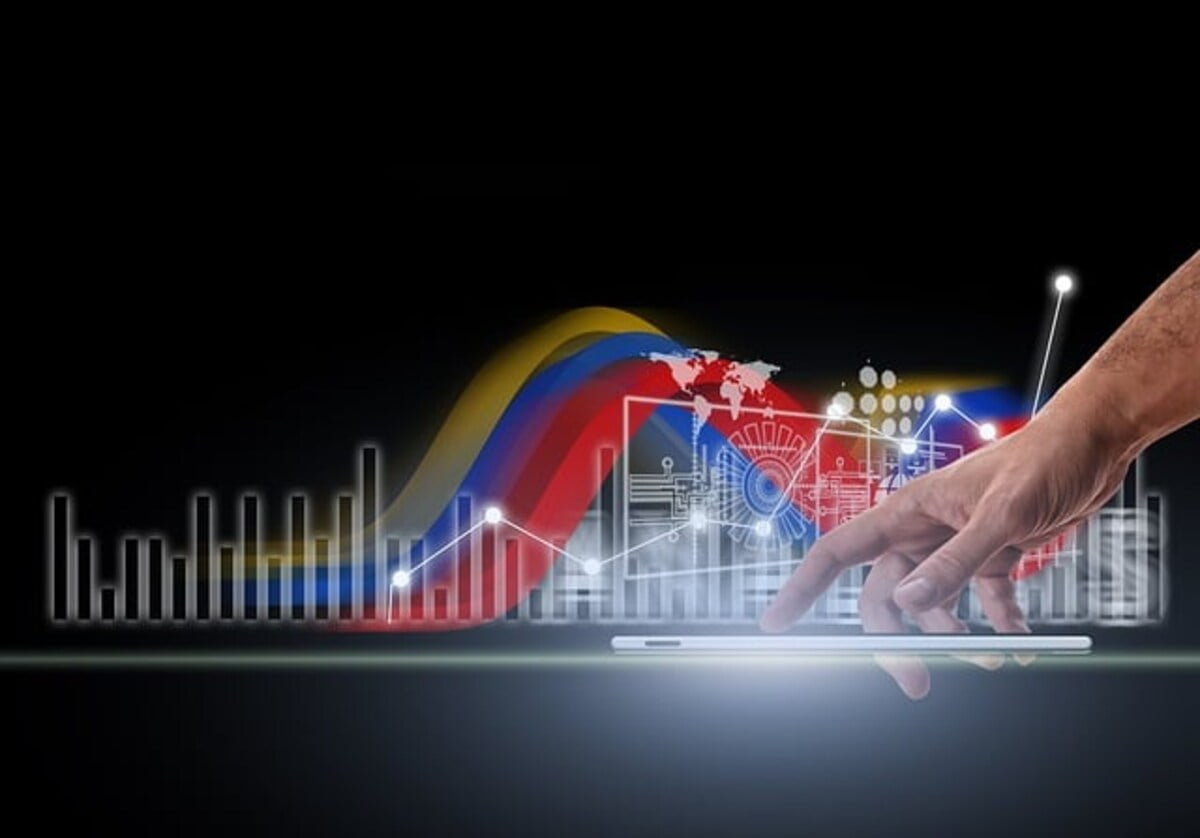AI in forex trading allows traders to tap into powerful new capabilities and boost their bottom lines. Whether it’s risk management, analysis, or execution trades, AI has transformed how traders approach currency trading. Learn the best info about forex robot.
Although AI may offer many benefits, it’s essential to remember that relying solely on AI could result in reduced personal judgment and inflexibility to changing market circumstances.
Machine Learning
Forex trading requires real-time analysis and decision-making. Artificial Intelligence (AI) algorithms excel at this, providing faster market scanning capabilities, adapting to ever-evolving market conditions, and providing dynamic risk management strategies – while simultaneously eliminating human errors caused by greed or fear.
AI can play a pivotal role in forex trading by learning from past price movements and economic indicators to identify patterns that might otherwise go undetected by humans. Furthermore, this technology can analyze historical data to predict future trends or patterns so traders can make more informed trading decisions.
Before applying ML in forex trading, you’ll first need to collect and preprocess your data before training and testing models. Divide it into training sets and test sets before selecting an appropriate algorithm (regression for forecasting exchange rates or classification for classifying buy/sell signals, for instance). After choosing an algorithm, go through feature engineering, model training, and performance evaluation – further exploring more advanced frameworks like TensorFlow or PyTorch so as to build deep learning models explicitly tailored for forex strategies.
As artificial intelligence becomes a more significant component of forex trading, traders need to develop technological fluency. This includes understanding what insights AI systems offer, where their information comes from, and being critical consumers of such insights.
Predictive Modeling
Forex trading can be an arduous and ever-evolving market, yet AI can assist traders in navigating it and making more informed trading decisions. Machine Learning (ML) and Artificial Intelligence (AI) technologies can recognize patterns in multiple sources of data, including historical price data, economic indicators, news sentiment data, and social media signals.
Traders can utilize predictive models to forecast future currency prices accurately. This can be accomplished via either supervised learning with labeled data or unsupervised learning through pattern recognition in data. Feature selection and engineering are two important considerations when creating predictive models for forex analysis; feature engineering involves selecting input variables to increase model accuracies, such as technical chart patterns, economic indicators, or sentiment scores generated from news or social media data sources.
Artificial Intelligence can also be utilized in forex trading for automation and backtesting purposes. AI-driven algorithms can execute trades automatically using real-time market data and predefined criteria, eliminating manual intervention and emotional biases for more disciplined decision-making. AI-based systems also constantly monitor markets to capitalize on global trading opportunities as they arise; however, regulatory compliance standards must always be observed closely to avoid penalties or punishments due to any mistakes committed by these AI systems.
Sentiment Analysis
Sentiment analysis can be an invaluable asset for forex traders. It can assist them in making more informed trading decisions and increasing profitability by revealing potential market reactions to news events. Furthermore, sentiment analysis can be used to spot market trends and opportunities.
Sentiment analysis can be accomplished using various tools and techniques, such as natural language processing and machine learning. These approaches can analyze an extensive amount of textual information, such as financial news articles, social media posts, and textual materials from any source, producing a measure of public sentiment that can then be used to predict market movements in the future.
Sentiment analysis can present several unique challenges. Two primary difficulties include data accuracy and understanding the motivations behind it. AI algorithms often struggle with grasping complex ideas or situations, which leads to inaccurate predictions or investment decisions—an outcome that compromises overall system effectiveness.
Note that sentiment analysis should be implemented as part of an overall plan when used in forex trading. Traders should employ it to complement existing strategies and strengthen risk management practices, but they should be wary about using sentiment analysis solely as an information source since it may not accurately depict overall market sentiment.
Pattern Recognition
AI is revolutionizing the global currency exchange market with its sophisticated market analysis. Utilizing predictive modeling and pattern recognition technology enables traders to use their information advantage to predict where currency prices may head and stay one step ahead of market fluctuations.
AI can also measure a market’s emotional pulse with sentiment analysis. By studying news articles, social media posts, and economic indicators, AI can assess market sentiment to help traders take trades that match their collective mood, taking advantage of short-term market fluctuations while optimizing profits.
AI can enhance trading efficiency by helping with position sizing and risk management. It can also assist traders with avoiding significant losses by placing stop-loss orders and limit orders, helping ensure they do not lose more than they can afford to lose. Furthermore, it optimizes portfolio allocations based on historical correlations and risk profiles to ensure each trade is balanced and diversified.
Read also: Choosing the Best Forex Robot


 Home
Home